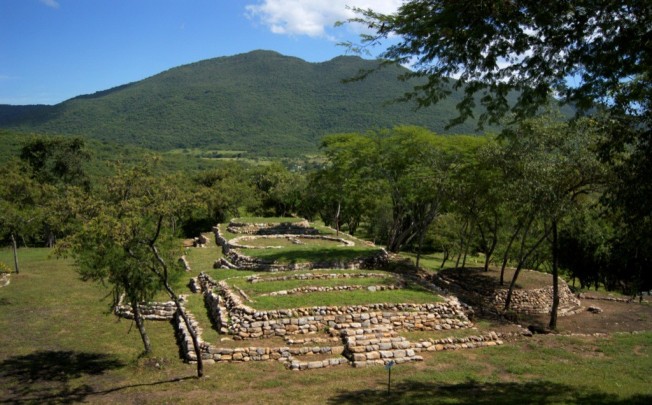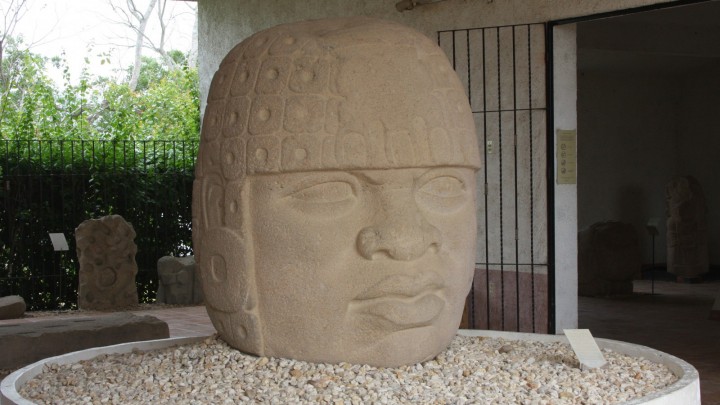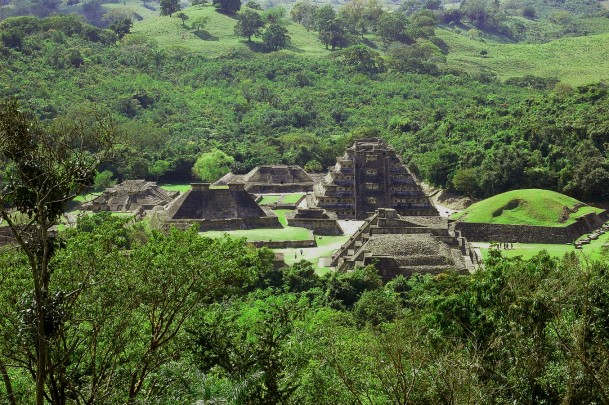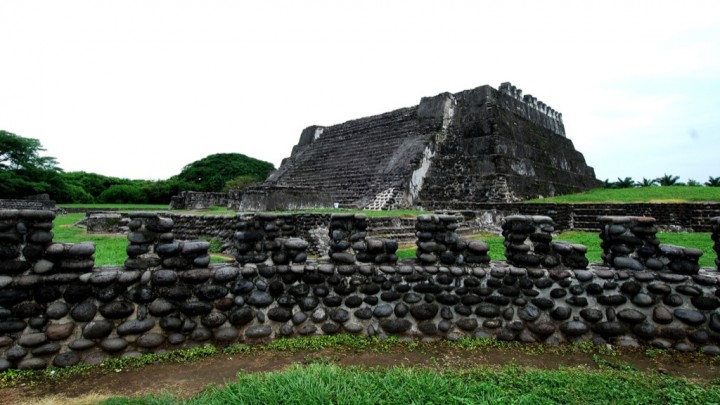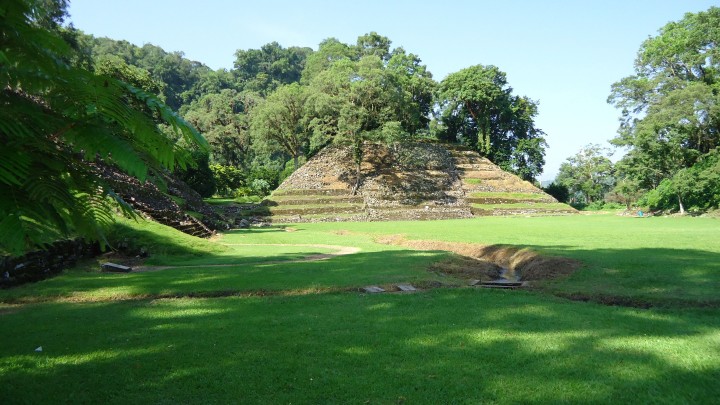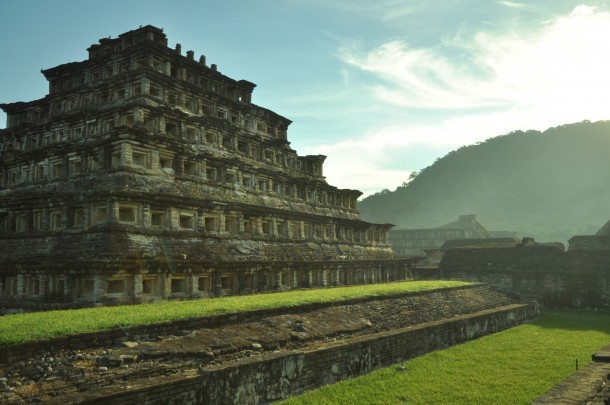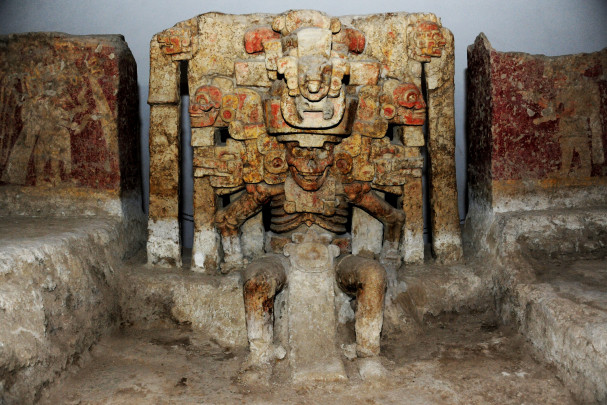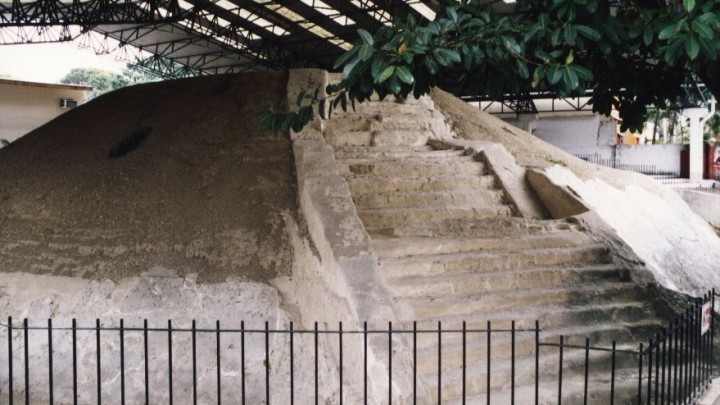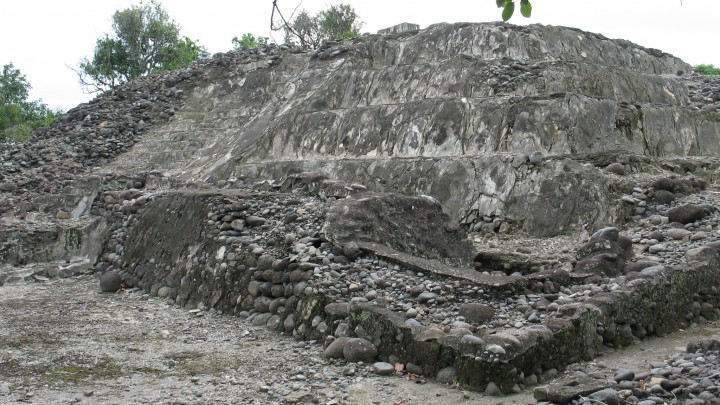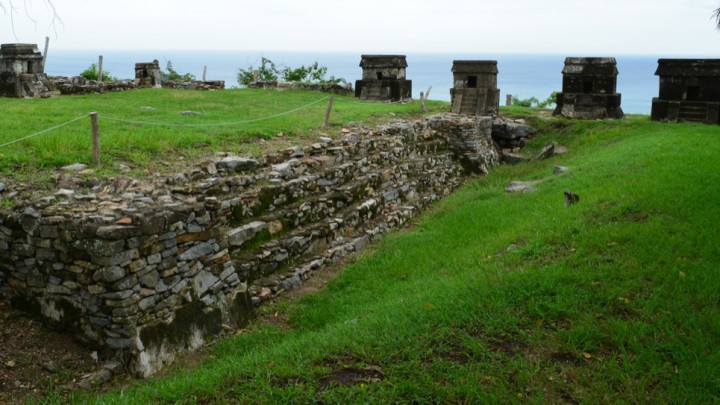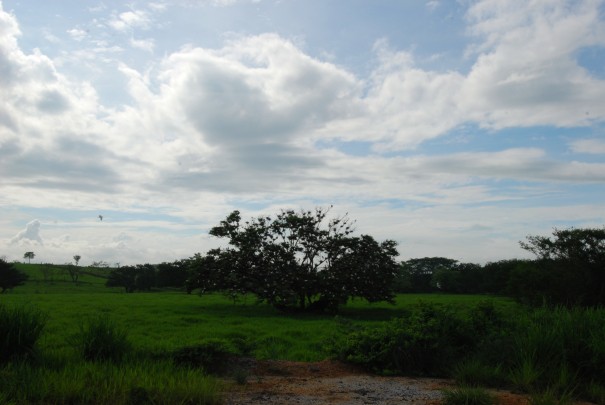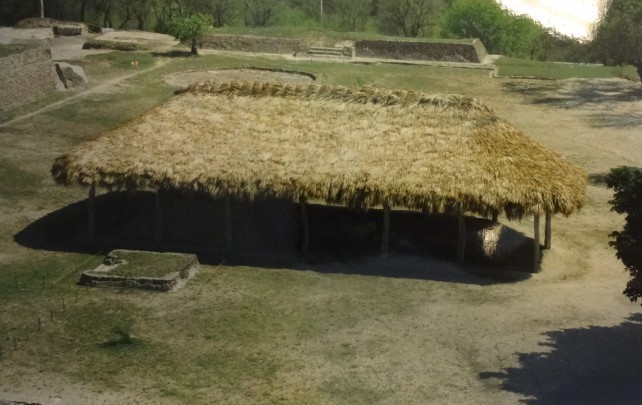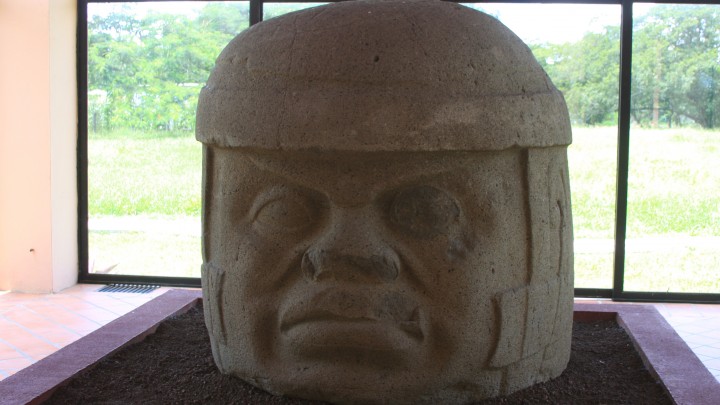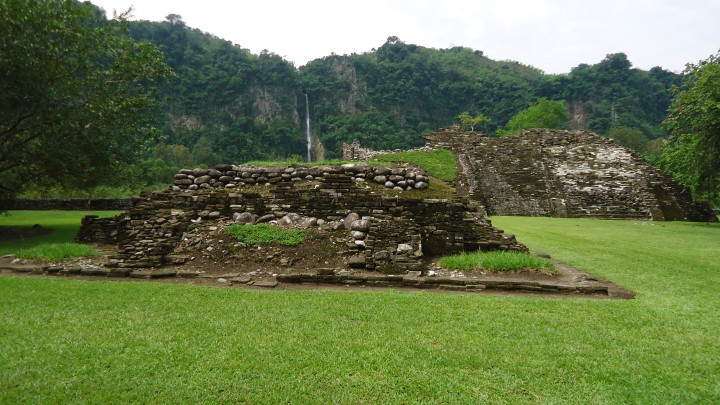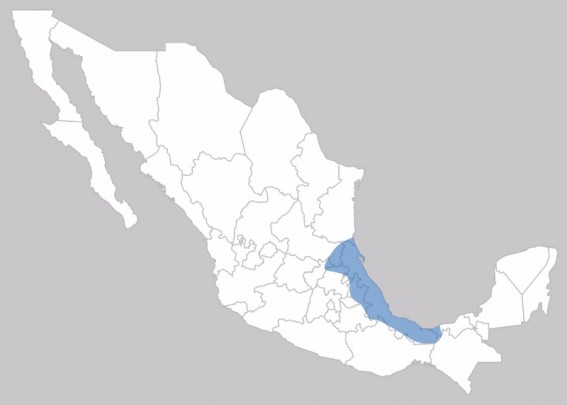
The Gulf Coast
This cultural region extends from the Laguna de Alvarado, Veracruz, in the west to the Barra de Tupilco, Tabasco, in the east. The northern limit is defined by the natural barrier of the Gulf of Mexico, while the region stretches nearly 60 miles to the south. For the most part, the region is less than 300 feet above sea level, except for the Los Tuxtlas mountain range.
The Gulf’s first inhabitants began to arrive nearly 7,000 years ago. These were hunters, gatherers and fishermen who settled close to rivers and lakes for water, such as the Tecolutla-Nautla rivers and the lower Pánuco basin. The Olmecs were the first culture to develop and more than 30 Olmec sites have been found, notably San Lorenzo, Tres Zapotes and La Venta. The Olmecs reached their apogee between 1200 and 400 BC, and their influence spread through several Mesoamerican regions such as Chalcatzingo in present-day Morelos and Teopantecuantitlan in Guerrero.
Olmec art was typified by gigantic heads, altars and representations of personages with deformed heads and jaguar-type mouths. Some of the representations are of seated, chubby, asexual beings with childlike features, which have led them to be known as “baby faces.” Another emblematic aspect of Olmec art is the worship of the jaguar, whose features can also be found individually, such as flamboyant brows, gums and claws, and the “v” shaped fissure in the head. In some cases feline traits were mixed with human or snake features.
The development of the Gulf region peaked in the Classic period (200-900), when the Central Veracruz and Huastec cultures arose. The artistic output of this period demonstrates several connections with Teotihuacan, both in terms of technique and symbolism. Pottery work was mastered, as can be seen from the female figures, the workmanship of smiling faces and the making of wheeled toys. Meanwhile, the yoke-palm-axe complex associated with ball game players was represented in stone. There were human or monkey faces on axes while yokes had depictions of the earth monster and palms represented allegorical subjects. Tajin epitomized the Gulf region during the Classic. It was situated in the central part of the modern state of Veracruz, with architecture typified by niches and cornices over pilasters, as well as bas-relief sculpture.
The first Totonac groups began to arrive in the area between 750 and 800. These groups occupied previously abandoned sites and participated in the building of some sites such as Tajin Chico. At its peak the Totonac region, which was also known as the Totonacapan, housed an enormous population in great cities such as Xiuhtetelco, Quiahuiztlan and Cempoala. Totonac political organization consisted of fiefdoms headed by single chiefs, as was the case at Cempoala, Misantla and Zacatlan. The governors were assisted by councilors and the priests held a privileged position, since they were not only responsible for organizing the rituals and feasts dedicated to the gods, but also wrote the codices, made astronomical observations and calculated the ritual and solar calendars.
In the Postclassic (900-1500) the Totonac culture was important in central Veracruz, occupying a region from the mouth of the river Tuxpan to the La Antigua river, as well as a large swathe of the Sierra Madre Oriental. Huastec culture was in northern Veracruz, in the area from the mouth of the river Cazones to the Pánuco and the mountainous area beside the coastal plain. The Huastec people maintained sporadic contact with the peoples of the southeast of what is now the United States. Huastec art was characterized by stylized, linear representations of the human figure. Its sculptures were usually attired as underworld gods, or as the Plumed Serpent. There were also double images with bodies attached to the back, as well as phallic elements associated with a fertility cult. In addition to these cultures, there were other foreign groups present in the area such as the Nahua and Otomi. The Mexica armies arrived in the Gulf in the Late Postclassic (1200-1521) seeking to subjugate the towns and to demand tribute, as happened at Cempoala.

